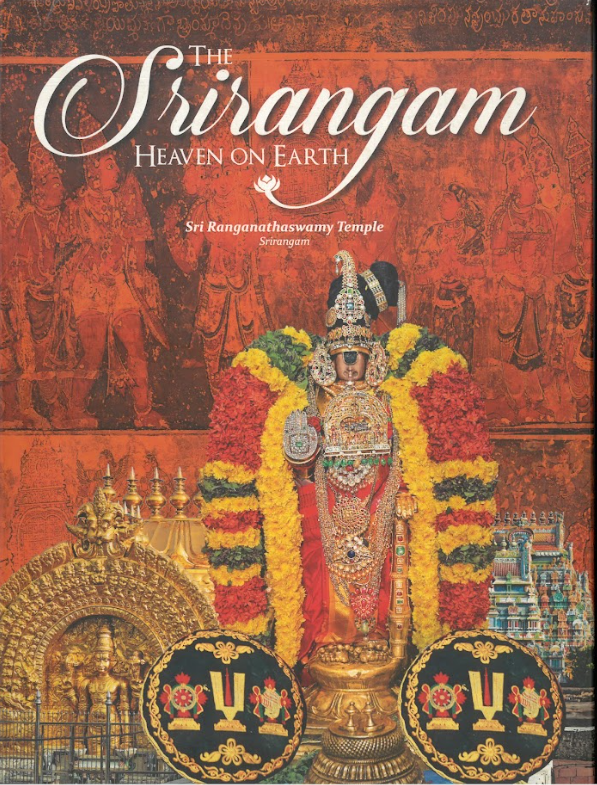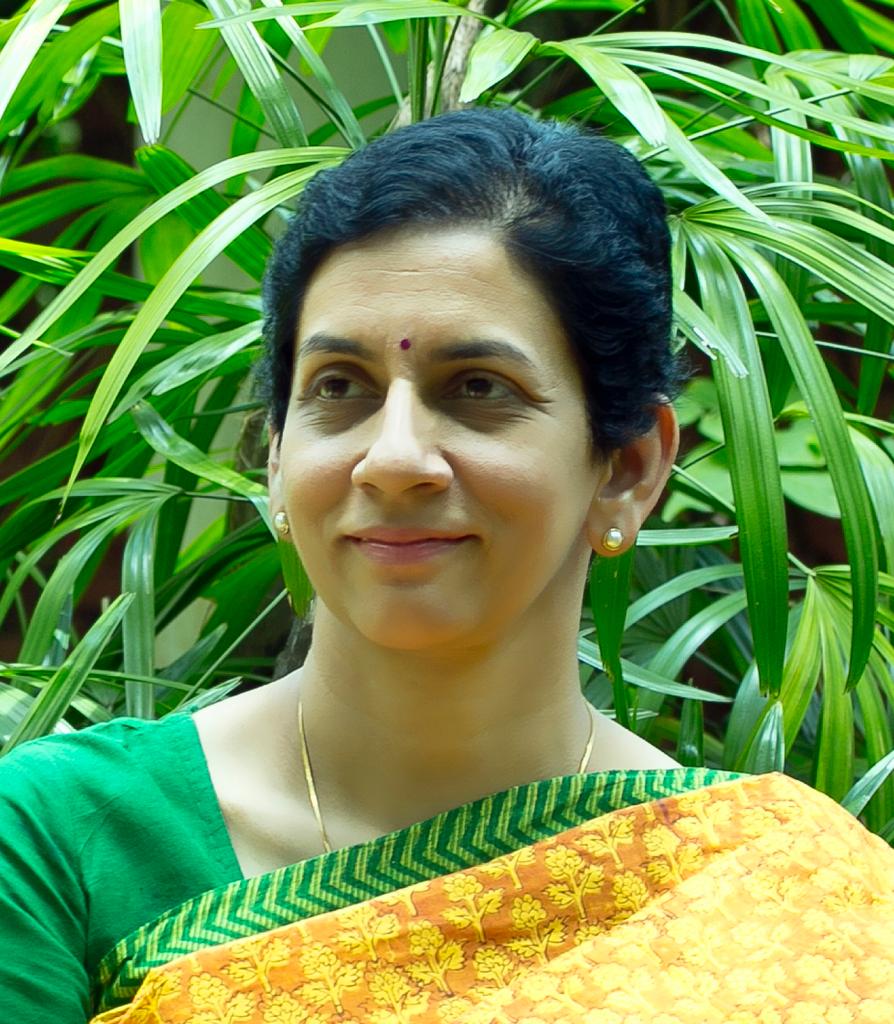Celebrating Continuity in Tradition
Chennai-based historian, writer and author, Dr Chithra Madhavan, an expert in Indian temple architecture, history, sculpture and iconography, shares her thoughts on her book, Srirangam.


Srirangam is a fabulous compilation of this temple town; what was your experience of putting it together?
The Srirangam temple is an amazing temple-complex which has evolved over many centuries. It is truly a combination of traditional lore, history, architecture, sculpture, inscriptions, rituals, festivals and a whole lot more. It is important to understand that many of the rituals and festivals in this temple are many, many centuries old and are still being practiced today. There has been a continuity in tradition here despite many setbacks. Numerous dynasties have contributed to the architecture and sculpture of this temple. It was a challenge putting this book together, as the different aspects had to be showcased. The contributors have done their best in writing relevant chapters for this book. Without their contribution, this volume would not have been published.
As a historian, do you believe that a place never exists in isolation; that its people, culture, society, practices, art, sculpture, architecture all have a crucial role to play?
Indeed so. A place can never exist in isolation- there are many factors that make it happen. In times of peace and in times of stress, the reflection is seen on any place and more so in a temple. Rebuilding after an invasion, enhanced social and cultural activities in times of peace, migration of people from other parts of India bringing in their own customs which become entrenched here. These are a few factors that influence the ethos of a place.
Srirangam is of particular fascination for classical dance and dancers because of Andal. What aspect of Andal does this book delve into?
Andal’s association with Srirangam is well-known. It is here that she merged with God Ranganatha. Her Tamil verses (pasurams) on this deity are many and are recited with fervour even today. There are as many as three sanctums for this Goddess in the Srirangam temple. Many festivals are celebrated here for Andal and she is part of the ethos of Srirangam. This book looks at the different shrines of Andal that are in this temple in the chapters on architecture and sculpture and also many details about this pre-eminent devotee in the chapter on the Azhvars connected with Srirangam.
Do you believe also that for any artiste, understanding and appreciating the allied aspects of an idea can help enhance their articulation of a central idea?
All of our arts in India are connected. If a performing artist- musician or dancer- wants to sing or dance about Andal, for example, they must know about her life and her association with the different places she was connected with. Likewise, it is mandatory for a historian to know about at least some nuances of allied subjects- literature, music, dance etc. These subjects cannot be studied in isolation. While there has to be a focus on one particular subject, the peripheral ones too need to be studied. This is mandatory.
You said this book is extra special to you. Can you tell us why?
This book is indeed special to me because first, I am a devotee of God Ranganatha and Goddess Ranganayaki Thayar and also because I am in love with this temple because of its ancient history, architecture, sculpture and inscriptions. This huge temple complex has the largest number of gopurams, the largest number of sanctums, the largest number of mandapams, the largest number of festivals and more than 600 inscriptions.
It is a paradise for historians and archaeologists and scholars of religion. It is number one among the 108 Divya Desams (places sanctified by the pasurams of the Azhvars) as eleven of the twelve Azhvars have praised God Ranganatha. For these reasons and more, I’m in love with this temple and so this book is special to me.
As a writer and author, does writing each piece or book become a journey of discovery; what was that moment for this book?
Indeed, writing or editing each piece or book is a journey of discovery. Since I was not the sole author of this book, but the General Editor (also contributing several articles to it), I learnt a lot from the contributions of the other authors. There wasn’t just one, but several moments of discovery while putting this book together. So many nuances of its tradition like the Araiyar Sevai ritual, the sacred garden from which the flowers are brought to God Ranganatha. So many more were things I did not know much about earlier.









